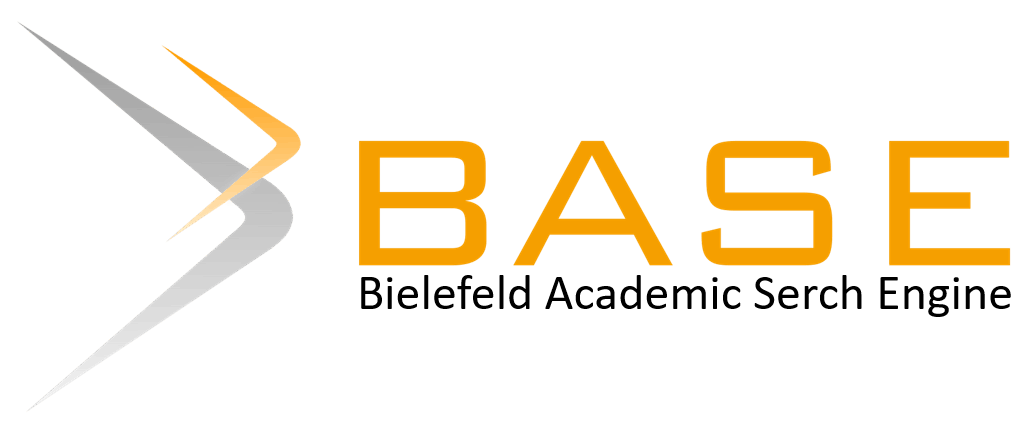Analisis Kesulitan Belajar Siswa Sekolah Dasar pada Materi Pecahan
DOI:
https://doi.org/10.24256/pijies.v8i1.7387Keywords:
kesulitan belajar, materi pecahan, pemahaman konsep, penelitian kualitatif, pendidikan dasarAbstract
Penelitian ini bertujuan untuk menganalisis kesulitan belajar yang dialami siswa kelas IV sekolah dasar dalam memahami materi pecahan. Pemilihan topik ini didasarkan pada kenyataan bahwa pecahan merupakan salah satu konsep dasar matematika yang penting, namun seringkali sulit dipahami oleh siswa. Penelitian ini menggunakan metode deskriptif kualitatif dengan teknik pengumpulan data berupa observasi, wawancara, dan dokumentasi. Hipotesis dalam penelitian ini adalah bahwa siswa mengalami kesulitan baik dalam memahami konsep maupun dalam melakukan operasi pecahan. Hasil penelitian menunjukkan bahwa siswa mengalami hambatan dalam memahami makna pecahan, melakukan operasi hitung (penjumlahan, pengurangan, perkalian, dan pembagian), serta menyelesaikan soal cerita yang berkaitan dengan pecahan. Faktor penyebab kesulitan tersebut antara lain keterbatasan pengetahuan konseptual siswa, rendahnya motivasi belajar, dan metode pengajaran yang kurang bervariasi. Penelitian ini merekomendasikan penggunaan strategi pembelajaran yang kontekstual dan interaktif untuk membantu siswa memahami pecahan secara lebih efektif.
References
Barbosa, A., & Vale, I. (2021). A visual approach for solving problems with fractions. Education Sciences, 11(11), 1–18. https://doi.org/10.3390/educsci11110727
Diputra, K. S., Suryadi, D., Herman, T., & Jupri, A. (2023). Analysis of the Elementary School Students’ Learning Obstacles: A Case Study on the Concept of Fractions. Al Ibtida: Jurnal Pendidikan Guru MI, 10(1), 13. https://doi.org/10.24235/al.ibtida.snj.v10i1.13078
Hariyani, M., Herman, T., Suryadi, D., & Prabawanto, S. (2022). International Journal of Educational Methodology Exploration of Student Learning Obstacles in Solving Fraction Problems in Elementary School. International Journal of Educational Methodology, 8(3), 505–515. https://www.ijem.com/exploration-of-student-learning-obstacles-in-solving-fraction-problems-in-elementary-school
Manjani, N., Khairunisa, A., Cahaya Putri, S., Nababan, R., Rahmawati, S., & Simanjuntak, C. (2024). Analisis Kesulitan Siswa Dalam Memahami Materi Pembelajaran Matematika Di Sekolah Dasar. Jurnal Lingkar Pembelajaran Inovatif, 5, 149–155.
Miles, M. B., & Huberman, A. M. (1994). Qualitative Data Analysis: An Expanded Sourcebook (Edisi ke 2). Thousand Oaks, CA: SAGE Publications.
Purnomo, Y. W., Widowati, C., Aziz, T. A., & Pramudiani, P. (2017). Fractions division knowledge of elementary school student: The case of Lala. AIP Conference Proceedings, 1868(August). https://doi.org/10.1063/1.4995148
Purnomo, Y. W., Widowati, C., & Ulfah, S. (2019). Incomprehension of the Indonesian Elementary School Students on Fraction Division Problem. Infinity Journal, 8(1), 57–74. https://doi.org/10.22460/infinity.v8i1.p57-74
Rahadian, B., & Raditya. (2020). The Use of Fractional Blocks to Improve Mathematics for Second Grade Elementary School Students at South Bangka Indonesia. International Journal of Innovative Science and Research Technology, 5(12), 189–197. www.ijisrt.com189
Unaenah, E., Suryadi, D., & Turmudi. (2023). Students’ Learning Obstacles on Fractions in Elementary School. 1(2019), 148–157. https://doi.org/10.2991/978-2-38476-020-6_16
Wijaya, A. (2017a). The difficulties of Indonesian fourth graders in learning fractions: An early exploration of TIMSS 2015 results. AIP Conference Proceedings, 1868(October). https://doi.org/10.1063/1.4995154
Wijaya, A. (2017b). The relationships between Indonesian fourth graders’ difficulties in fractions and the opportunity to learn fractions: A snapshot of TIMSS results. International Journal of Instruction, 10(4), 221–236. https://doi.org/10.12973/iji.2017.10413a
Wulandari, D., & Amir, M. F. (2022). Analysis of Elementary School Students’ Difficulties in Fraction Addition. Kreano, Jurnal Matematika Kreatif-Inovatif, 13(1), 43–54. https://doi.org/10.15294/kreano.v13i1.35275
Downloads
Published
How to Cite
Issue
Section
Citation Check
License
Copyright (c) 2025 Gracia Gampu, Monica Roito Ambarita

This work is licensed under a Creative Commons Attribution-ShareAlike 4.0 International License.
Copyright notice:
Authors retain copyright and grant the journal right of first publication with the work simultaneously licensed under an Attribution-ShareAlike 4.0 International (CC BY-SA 4.0) (https://creativecommons.org/licenses/by-sa/4.0/) that allows others to share the work with an acknowledgement of the work's authorship and initial publication in this journal.
Authors are able to enter into separate, additional contractual arrangements for the non-exclusive distribution of the journal's published version of the work (e.g., post it to an institutional repository or publish it in a book), with an acknowledgement of its initial publication in this journal.
Authors are permitted and encouraged to post their work online (e.g., in institutional repositories or on their website) prior to and during the submission process, as it can lead to productive exchanges, as well as earlier and greater citation of published work (See the Effect of Open Access)







 This is an open access article under the
This is an open access article under the 